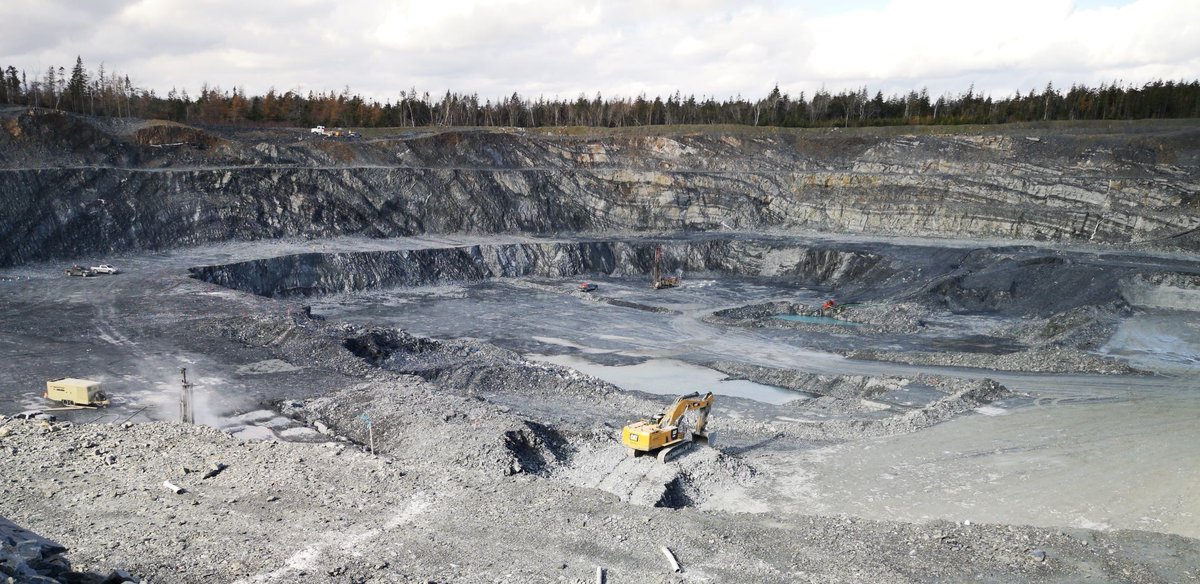New #mines are often found next to old mines - historical sites worked with basic tools and little science can today be mined profitably and environmentally-responsibly with heavy equipment and sophisticated science and engineering.
#nspoli #NovaScotia #NS #minerals #geology #CB
#nspoli #NovaScotia #NS #minerals #geology #CB

At the #MooseRiver #gold mine, tailings from a century ago are being remediated by modern #mining. Historic tailings are dug up and placed in a special cell in the mine's #tailings facility to contain them and ensure they don't continue interacting with the environment.
#nspoli

#nspoli


This wood is century-old cribbing - support for an historic shaft at the #MooseRiver #gold mine. Modern #mines often find neat evidence of historical #mining like old tunnels, tools and wood. Mines today can also fix issues with #subsidence or #tailings at historic mines.
#nspoli
#nspoli

• • •
Missing some Tweet in this thread? You can try to
force a refresh



























